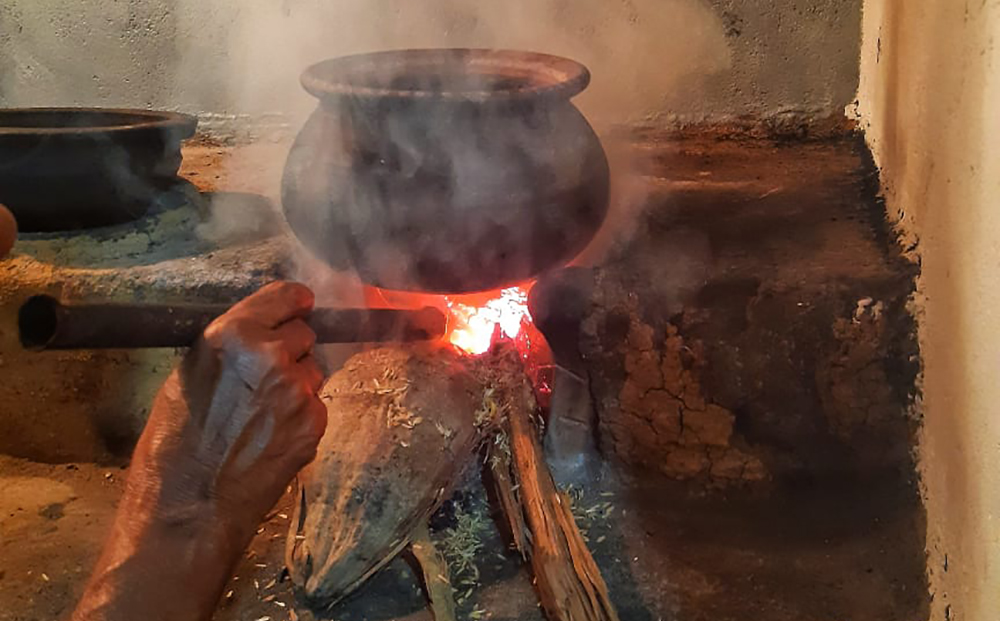
Sri Lanka
Poor air quality contributes to asthma burden
The prevalence of asthma and other allergic diseases in Sri Lanka is relatively higher compared to the other countries of the South East Asia region according to the GAN Phase I study. Sri Lanka follows the latest Global Initiative for Asthma (GINA) strategy in managing adult and childhood asthma across the country. Asthma deaths contribute by nearly 5% to total deaths in the country.
Poor air quality index
Indoor and outdoor air pollution is a huge problem in Sri Lanka as in many countries in the region. High fuel prices have compelled the poor to rely on cheaper energy sources, such as biomass fuel and kerosene oil that produce high concentrations of harmful indoor air pollutants. There is domestic overcrowding, especially in the tea estate labour population, exacerbating the risk of exposure affecting younger and older people. Although people in Sri Lanka are exposed to more than double the air pollution levels recommended by the World Health Organization (WHO), there are no national interventions to reduce indoor air pollution or to minimize the exposure of vulnerable groups to indoor air pollutants.
Asthma burden in Sri Lanka
After the ISAAC Phase III whole island study undertaken in January 2001 and an ISAAC based study in 2013, there was no country-wide data regarding asthma prevalence, although several studies were conducted in isolated parts of Sri Lanka using the ISAAC tools. Different prevalence rates are seen in different geographical regions. GAN Phase I showed prevalences of current wheeze ranging from 10 to 15% in both age groups of school children (2018), but in ISAAC, current wheeze prevalence was 23.0% (2001) and in 2013 17.5% in the 13-14 age group. In order to reduce the asthma burden in Sri Lanka, the government is providing inhaler medicines free of charge to all patients; and has appointed consultant respiratory physicians to almost all district general hospitals across the country.
Conclusion
The prevalence of childhood asthma in Sri Lanka remains high though there is a small variation across the country. Indoor air quality needs to be addressed as a priority with reliable data and analysis of determinants. Country-wide asthma and allergic diseases prevalence data is also needed.
